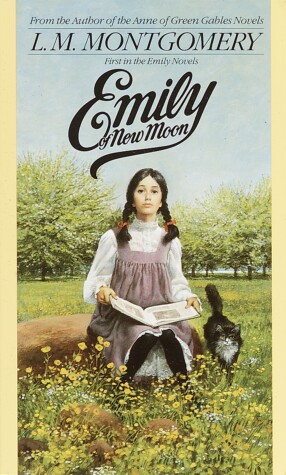
Briana @ Pages Unbound
Written on Jun 25, 2016
Emily, having been raised primarily by her father with little interaction with other children, is an often serious child who seems to know too much for age. While Anne is all spunk and imagination run amok, Emily is a river that runs deep. That doesn't stop Emily from having her own outbursts and scrapes; they're simply not as outrageous. This possibly makes Emily relatable, however. Though Emily was written nearly 100 years ago, surely many readers today will relate to the unfairness of adults who believe other adults over children and the embarrassment of being forced to wear clothing the other children at school mock.
Emily of New Moon is also where Montgomery dips into her superstitious side. Emily has nearly as big an imagination as Anne, playing with the Wind Woman outdoors and Emily-in-the-glass inside. However, she also experiences "the flash," which seems to be something like an unexpected glimpse of the spiritual, and it's quite possible she might have inherited her family's rumored talent of the second sight. It's moments like these it's clear Montgomery wasn't so far removed from the beginnings of Gothic literature and clearly finds a sprinkling of the supernatural the perfect seasoning for her own works.
Though Anne has whole-heartedly won me over, I also love Emily. She's steady with an impulsive streak and loves cats and writing. Her group of friends is also more likable, I think, than Diana Barry, whom I like for Anne's sake but find incredibly boring. Emily has a whole cohort of acquaintances to amp up the fun, and I can't wait to rearead the next two books in the series and see them all again.
